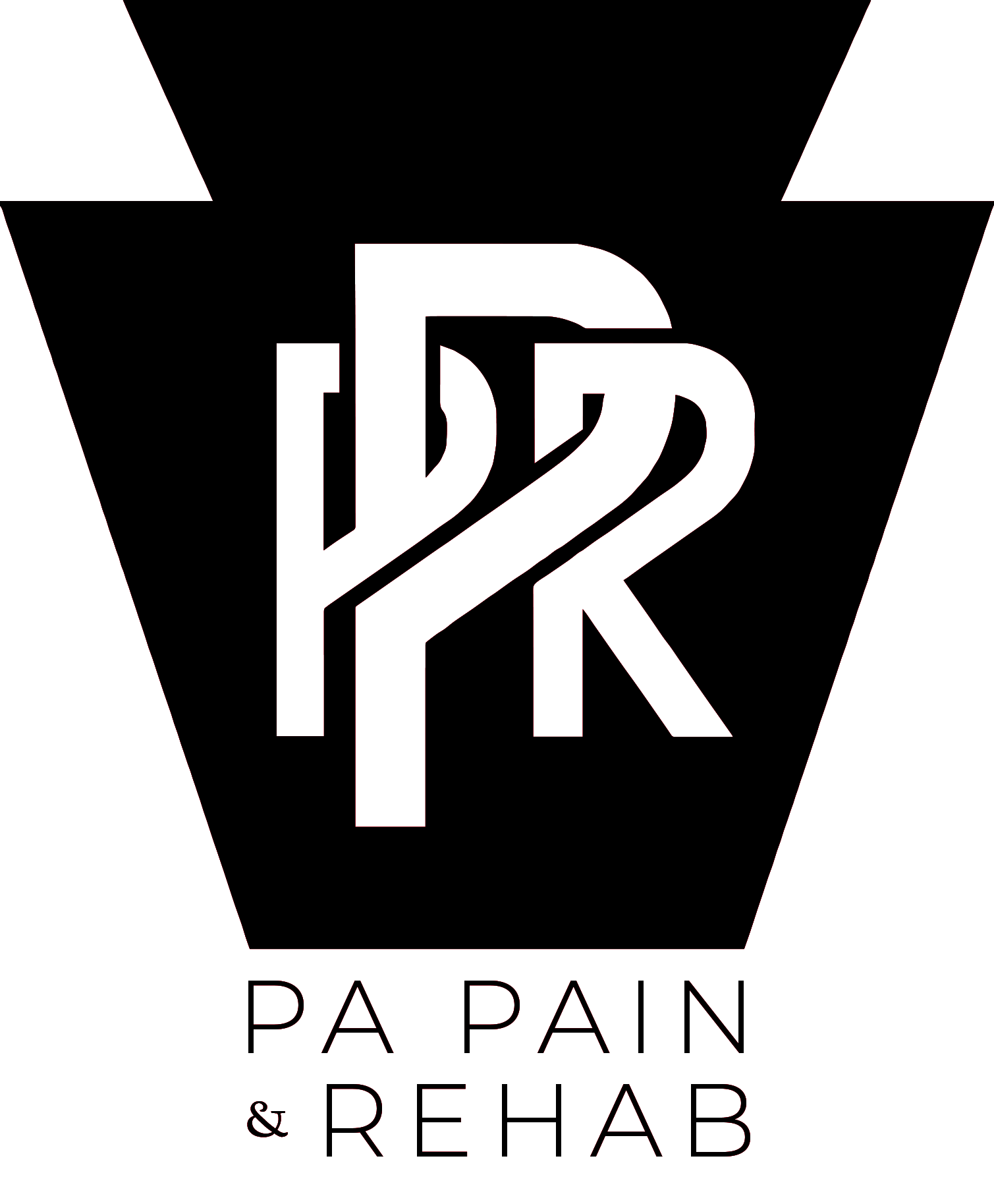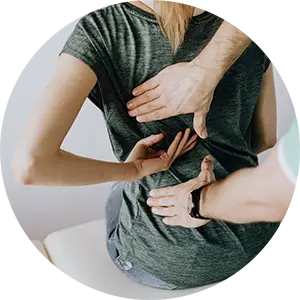Did you know that low back pain and spinal disorders are the leading cause of pain, disability, and suffering in the world today? It can severely interfere with your quality of life and your ability to perform even the most basic activities of daily living. That truly is the reason patients seek care; their quality of life has been disrupted and they just want to be “normal” again.
At PA Pain & Rehab in Philadelphia, we see so many people come in suffering from low back pain. It is critical to diagnose and treat it as early as possible to prevent the condition from worsening and progressing to a point where you need surgery. Studies show about 80% of adults will experience back pain at some point in their life.
The back is a complicated structure of bones, joints, ligaments, and muscles, not to mention your spinal cord and nerves. You can sprain ligaments, strain muscles, rupture discs, and irritate joints, all of which can lead to back pain. While sports injuries or accidents can cause back pain, sometimes the simplest of movements—for example, picking something up from the floor— can have painful results. In addition, arthritis, poor posture, obesity, and psychological stress can cause or complicate back pain.
It’s better to be proactive and take care of yourself rather than wait for a problem to occur, but in the event you do have back pain, there are multiple treatment options that are drugless and non-surgical.



